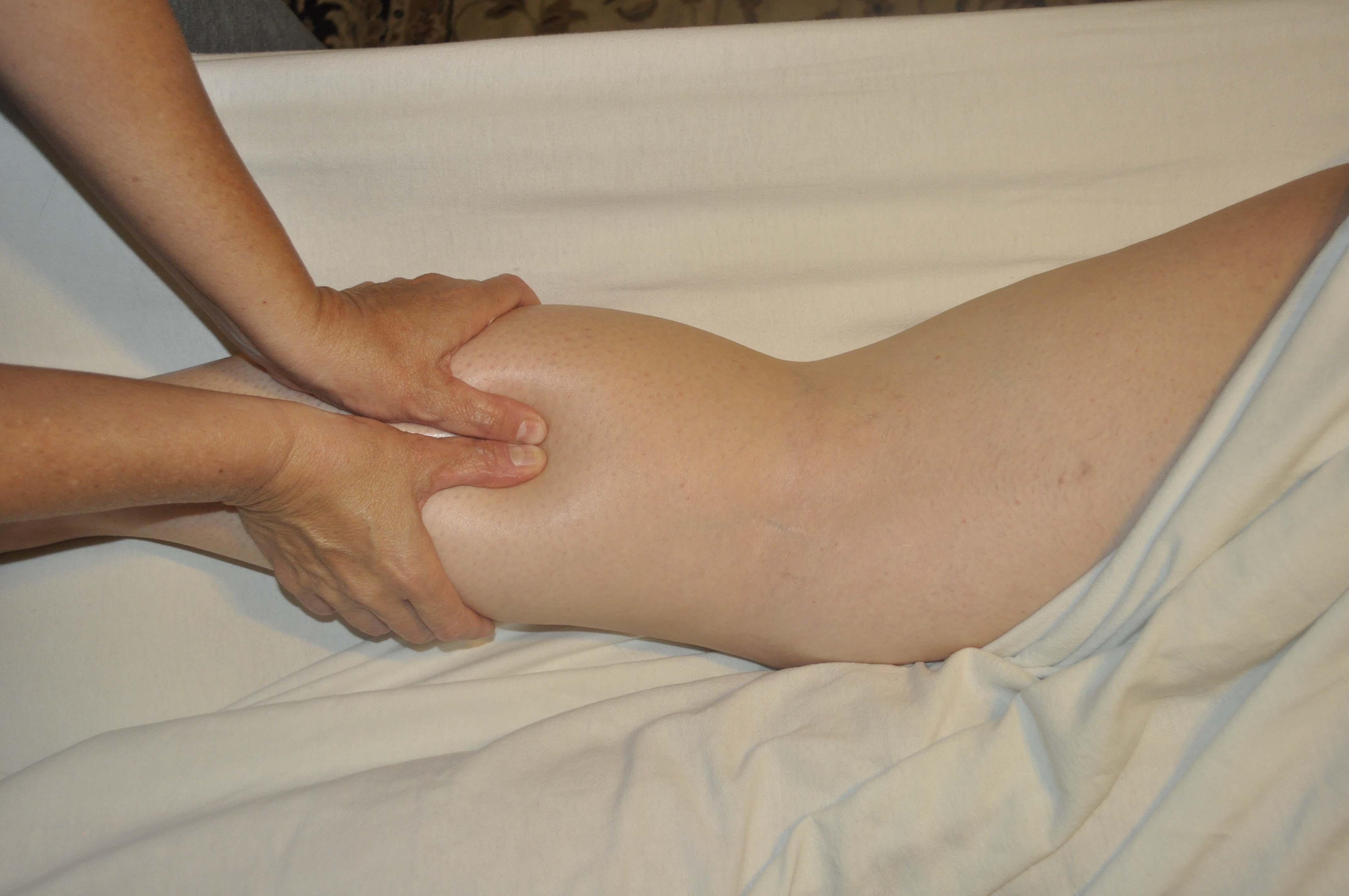Trigger Point Therapy
Trigger Point Therapy is one of the massage techniques that involve working on muscles or areas of muscles that have referred pain to encourage trigger point release. The origin or insertion points are often sections of the muscle to have this pain.
Active trigger points are areas of extreme tenderness that are located within the muscle and create pain when touched.
Common forms of referred pain include headaches, sinus pain, jaw pain, earaches, or stiffness in joints. Most often, these types of pains are myofascial trigger point strains.
Pain will refer to other areas when neurological sensory signals get mixed and are mistaken for signals from other areas. Therefore, you may have a painful headache over your right eye, but the actual muscle that needs to be released is on the right side of your neck.
This type of pain often occurs when the part of the muscle fiber that contracts (called the sarcomere) develops a restriction, or knot, which becomes a mass of sarcomeres. The blood flow cannot move freely through the muscle and the muscle is in a state of maximum continuous contraction, causing a trigger point.
Pressure is used to deactivate trigger points and to return the muscle to it's normal function. The pressure is applied directly to the point, so it can be painful.
The amount of pressure should not be so great that it causes the client to react with a tightening of muscles in a protective response. It should be a light pressure that is slowly increased as the muscles are warmed.
Trigger point release is much easier using tools that are designed for this type of massage. By applying pressure with the edge of a shaped tool for a few seconds, the restriction can release and blood flow can return to normal.
Types of trigger point therapy
- Latent trigger point - a dormant area that can act like a trigger point
- Secondary trigger point - a very irritable spot in the muscle that can become active if there is muscular overuse in another muscle
- Satellite myofascial point is an irritable spot within a muscle that becomes inactive due to regional pain of another trigger point
After the massage therapist adds continuous pressure for a short amount of time, the pain intensity should decrease gradually. That pressure, along with relaxing massage of muscles around the area of pain, should release the tightness and tension within the muscle and surrounding tissue.
For more information on trigger point release, Clinical Trigger Point For Stress Relief teaches about locations and referred pain points for the muscles, as well as how massage helps relieve pain.
Other Resources
Read more about other massage tools that are used for trigger point massage!
Find more information about the benefits of Trigger Point at Pain Science.
When a client comes to you in pain, you have to know what muscles to treat. No matter how much Trigger Point Therapy you have studied, this DVD will help you understand it better, and it will give you easy ways to remember it all.
Go back to Massage Education Guide Homepage
Go back to Massage Techniques from Trigger Point Therapy

New! Comments
Have your say about what you just read! Leave me a comment in the box below.